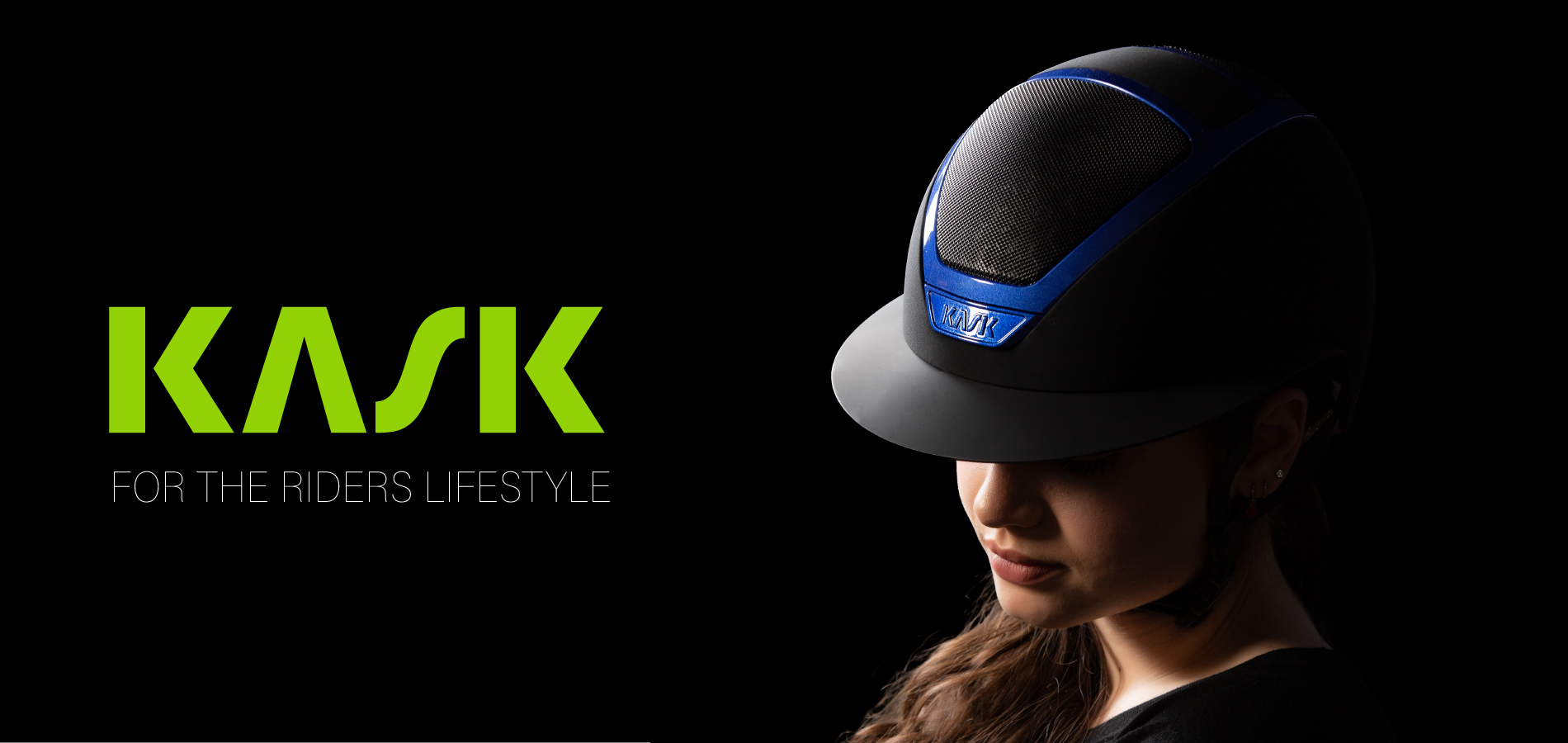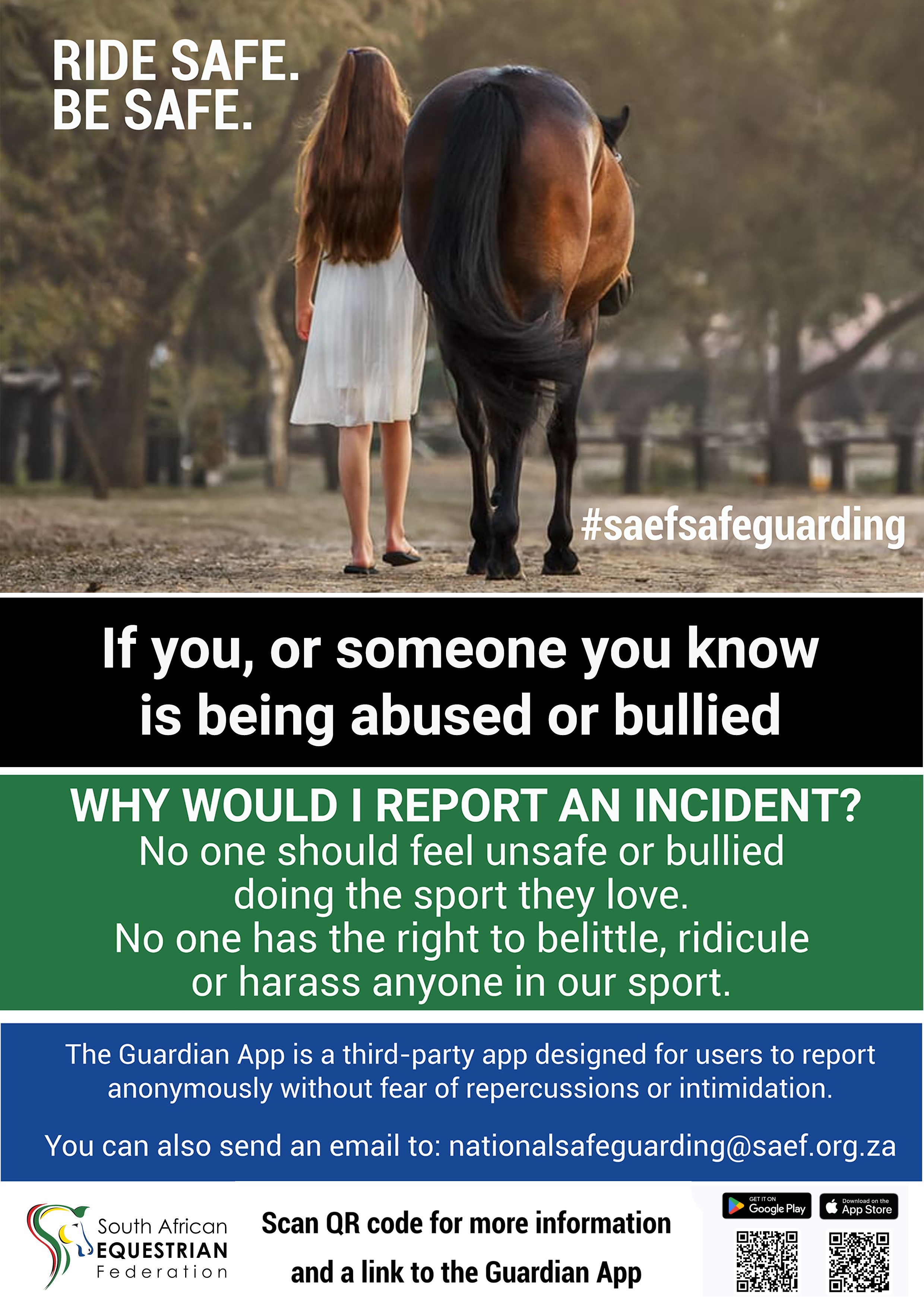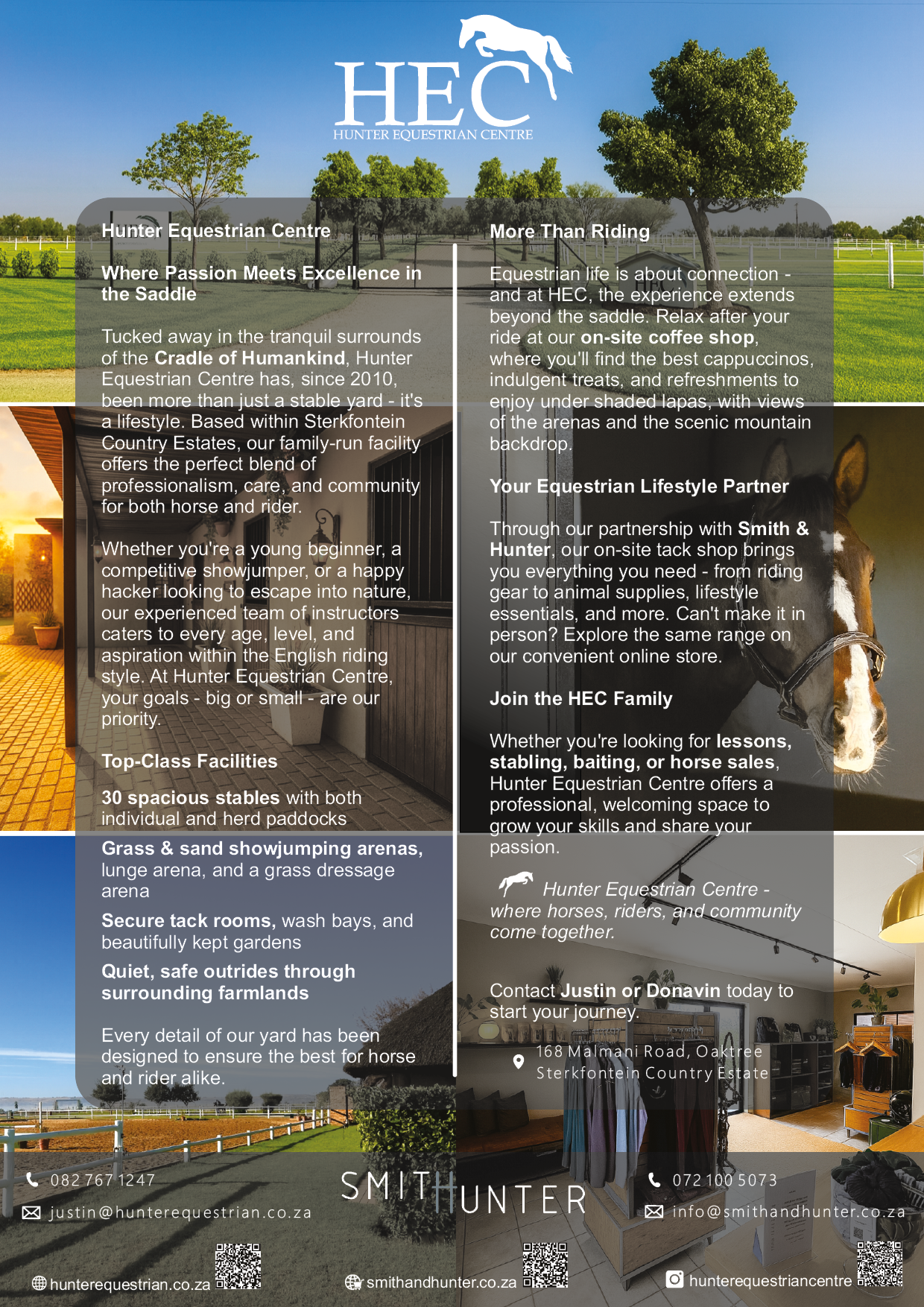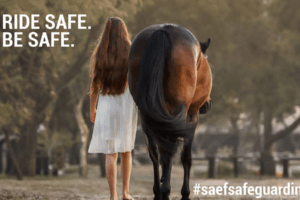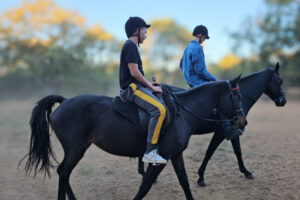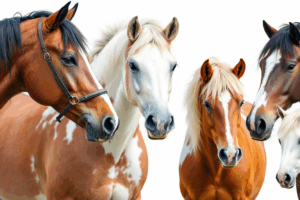Straightness vs. Asymmetry: Why Most Horses Are Right- or Left-Sided
Stand in any arena and watch a line of horses work. Look closely, and you’ll see a pattern – one horse naturally bends to the right, another drifts left through a corner, and some resist turning in one direction entirely. Riders often talk about ‘crooked’ horses, but asymmetry is not a flaw. It’s a fact of equine biomechanics.
Much like humans who favour one hand for writing or one foot for kicking a ball, horses have a dominant side. This natural asymmetry influences balance, movement, and rideability, often creating challenges in training. Understanding this bias is key—not to ‘correct’ the horse, but to work with its body, unlocking better straightness, flexibility, and longevity.
Born Crooked? The Science Behind Asymmetry
Every foal takes its first wobbly steps with a preference for one lead over the other. Some appear naturally more supple in one direction, while others struggle to balance equally between left and right. This isn’t a coincidence. Asymmetry is influenced by genetics, conformation, and early movement patterns, reinforced long before a rider ever climbs on.
Research suggests that foals often show a preference for lying on one side, affecting muscle development from an early age. Their grazing posture – standing with one leg forward – also contributes to uneven weight distribution. Some asymmetries are subtle, while others become deeply ingrained, especially if early handling or training favours one side over the other.
A horse’s laterality (left- or right-sidedness) is also affected by conformation. Slight variations in shoulder angle, hoof shape, or limb length can create a natural lean or preference. No horse is perfectly symmetrical—just as no human has a flawless stride.
The Rider’s Role in Reinforcing Crookedness
A horse’s natural asymmetry is just the starting point. What happens in the saddle can either balance or deepen the bias. Riders often carry their own imbalances—stronger on one rein, sitting slightly heavier on one seat bone, or unconsciously pulling more on a dominant hand.
The way we train also plays a role. Riders often work a horse more in their own preferred direction, strengthening one side at the expense of the other. Rein contact, weight distribution, and leg aids can subtly reinforce a horse’s tendency to hollow on one rein and resist on the other.
Some horses also become one-sided due to external factors. Racehorses, for instance, are often worked on the same rein daily, creating an exaggerated bend. Showjumpers might develop a lead preference based on how courses are set, while polo ponies are trained predominantly for right-handed play.
Straightness in Training: What It Really Means
When riders talk about ‘straightness,’ they often imagine a horse moving like a ruler—perfectly aligned, with no deviation. But in reality, true straightness is about balance and control.
A straight horse is one that moves evenly through both sides of its body, engaging both hindlegs equally and maintaining rhythm. It can bend in either direction without stiffness and carry weight evenly from back to front. But achieving this isn’t about forcing a horse into a rigid frame—it’s about building symmetry through thoughtful training.
How to Work Towards Better Straightness
Training for symmetry is about gradual improvement, not instant fixes. The goal is to strengthen the weaker side while maintaining suppleness in the dominant one, without forcing unnatural movement.
One of the simplest ways to assess straightness is to ride on a straight line. On a truly straight horse, the rider will feel even contact on both reins and equal pressure in both stirrups, and the horse’s hind feet will follow the path of its front feet. But for most horses, small deviations occur – the shoulders fall to one side, or the quarters drift the other way.
Transitions, lateral work, and careful schooling routines all help to improve balance. Circles, correctly ridden, encourage even flexion while shoulder-in, leg yield, and counter-flexion help to strengthen the weaker side. The key is not to overcorrect but to gently encourage symmetry over time.
When Asymmetry Becomes a Problem
Some asymmetries are mild and part of a horse’s natural way of going. Others become more pronounced due to injury, poor saddle fit, or long-term compensatory patterns. In cases where a horse is extremely one-sided—consistently resisting flexion in one direction or showing uneven stride lengths—it may indicate physical discomfort rather than just preference.
Regular bodywork, correct saddle fitting, and veterinary assessments all play a role in maintaining a horse’s symmetry. Straightness should never be forced—forcing a stiff or resistant horse to bend or step under itself unnaturally can cause strain rather than improvement.
The Path to Balance
A perfectly symmetrical horse does not exist, but that’s not the goal. The aim is to create a horse that moves comfortably and confidently in both directions, improving balance and longevity in work. By understanding and working with natural asymmetries, riders can develop a more harmonious, effective partnership—one that makes both horse and rider stronger together.



